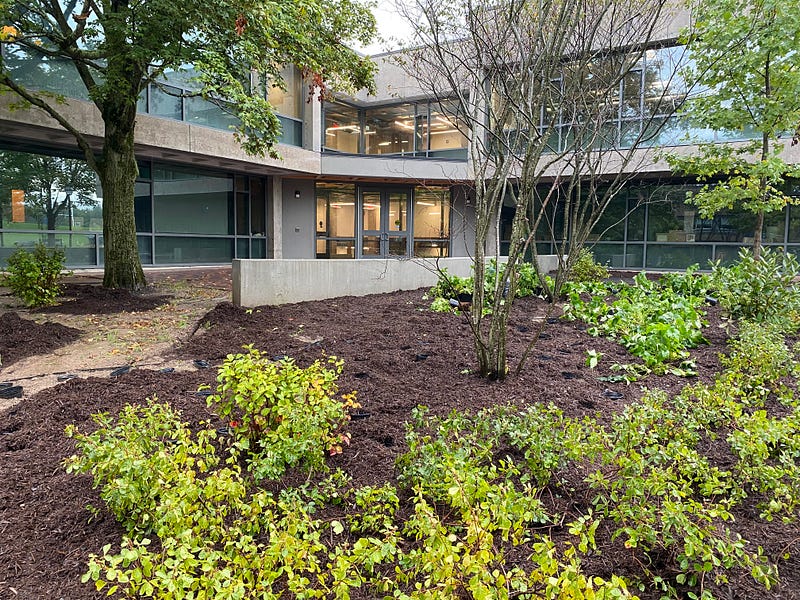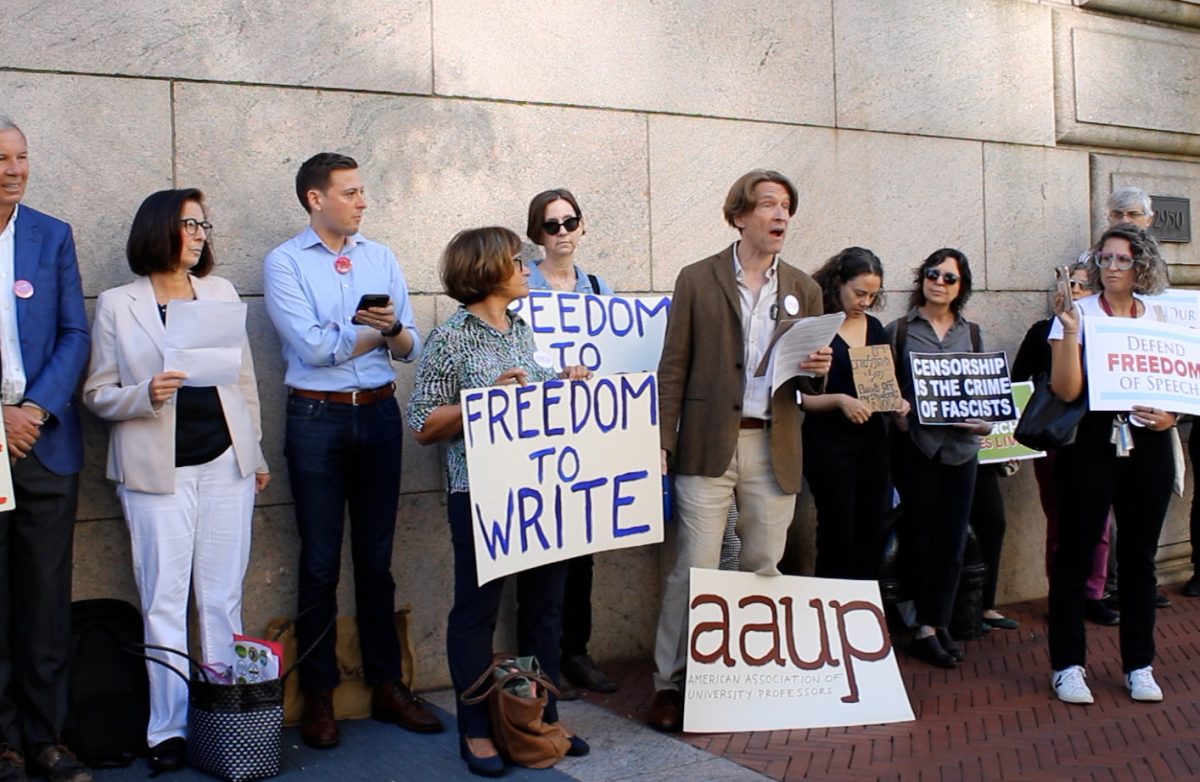
After years of rumors surrounding the plans to revitalize the abandoned Darkside building situated beside KJ, List is finally open to the student body and in active use. Roger Wakeman, the Associate Vice President for Facilities and Planning, was one of the people overseeing the ten million dollar project. He explained that the design began in 2018, with work on the building beginning in late 2019, only to be delayed in Mar. 2020 due to the pandemic.
The initiative was continued in Dec. 2020, and the building was ready for widespread use right before the fall 2021 semester started. It is now the temporary home of the Literature and Creative Writing Department, which moved in only a week before the start of classes. However, after the renovation of Root Hall, List will become a Humanities Center. The new addition to the academic buildings on campus was a collaboration between Facilities, The Literature and Creative Writing Department, the design firm of Chang O’Brien and David O’Connell’s Sons construction contractor. The entire interior of List was redone, with many being torn down to let more light in. In addition, old studios were turned into classrooms and a small library and kitchen were added.
Professor Onno Oerlemans noted that “there are bookshelves everywhere for a kind of departmental library. There are now lots of beautiful spaces for students to work, and for faculty and students to work together. The building returns the List building to the original design and intention of its modernist architect, Benjamin Thompson, who was also the Dean of the School of Architecture at Harvard. He created an open, airy, bright building, with a mix of shared spaces and private spaces. It’s really a jewel of the kind of modernism that the Darkside reflects more broadly. Its huge windows let in light, and allows one to see the surrounding landscape: the hills, the sky, the forests, the glens. It’s now a place that I think will seem very inviting to students to come and hang out and work and talk to their professors more informally.”
Some new technological advancements of the building include “new heating and air conditioning systems, all new windows, lights, and new finishes. The building uses an air source heat pump system based on promoting sustainability and high performance, and reduced reliance on fossil fuels,” according to Wakeman. List also has elevators and is ADA compliant, which Root, the old home of the Literature department, was not. There are still some details left to fix like the landscaping, which was delayed because of heavy summer rain.
There were also some delays in obtaining materials, like window shades. Wakeman would like to emphasize that “this is an excellent example of pursuing sustainability through repurposing and reuse, rather than building new space. The building sat essentially empty and unused for several years, and the goal is to make it a top level classroom building on the south side of campus.” However, Professor Oerlemans noted that “not everyone in the department is happy with the move.

Some miss the central location of Root, and its classical charm. Some miss being close to the library. Some miss their old large offices. Moving hundreds of books to a new office is a challenge!” Professor Naomi Guttman, head of the Creative Writing and Literature department added, “not everyone is equally excited because it’s hard to move, and especially hard to reckon with, smaller offices and less shelf-space for books.”
Overall, as Professor Orelamans notes, that “it is a radical transformation” from the “dark, dirty, and labyrinthine” old List. Professor Guttman also echoed these sentiments. “I think it will do what Root could not do: create community with many available open spaces. We hope in the future, once Root comes back online with classrooms, to be able to open up a ‘Maker Space’ in List, where we could do book arts and other projects.” These changes mark a new beginning for the Literature and Creative Writing department after a year of prolonged virtual instruction.
















